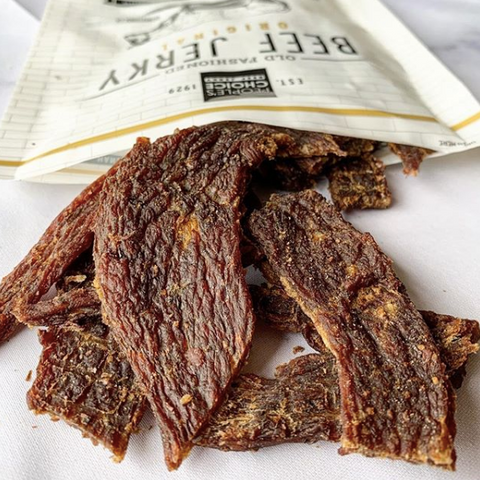The History of Beef Jerky: A Tale as Old as Thyme
Before protein bars and trendy snack packs, before “low carb” was a lifestyle and “portable protein” was a buzzword — there was jerky. Dried, salted, smoked, and savored for thousands of years, beef jerky is one of humanity’s oldest (and tastiest) food inventions.
But jerky is more than just meat with a tough exterior. It’s a global tale of survival, trade, exploration, and innovation — a snack born of necessity and perfected by flavor fanatics across centuries.
From ancient Quechua mountain dwellers drying llama meat under the Andean sun, to South African settlers air-curing biltong, to modern craft jerky made with whiskey glazes and ghost peppers — this is the story of how meat went mobile.
So crack open a pouch, sit back, and let’s chew on the incredible journey of beef jerky.









